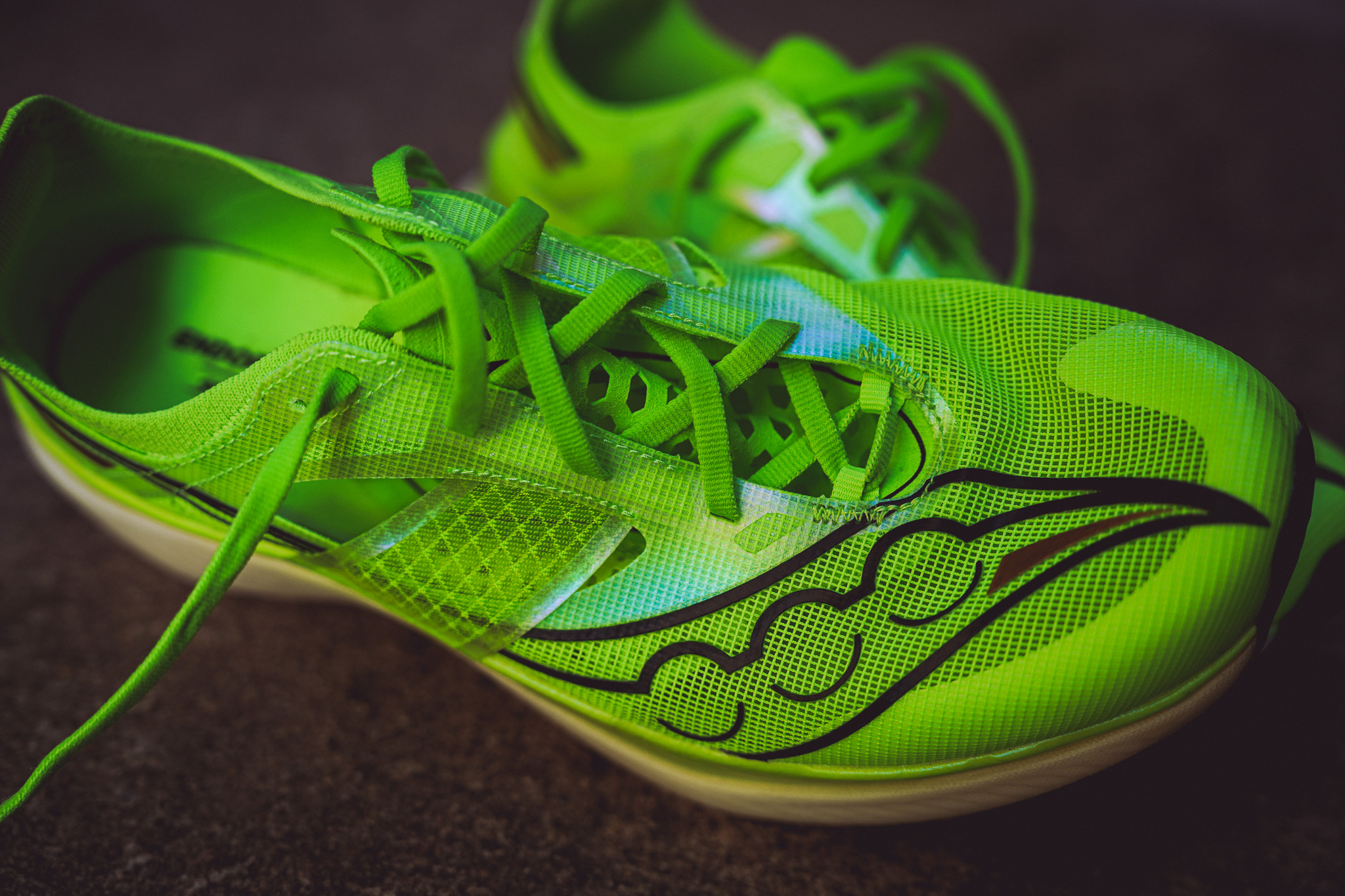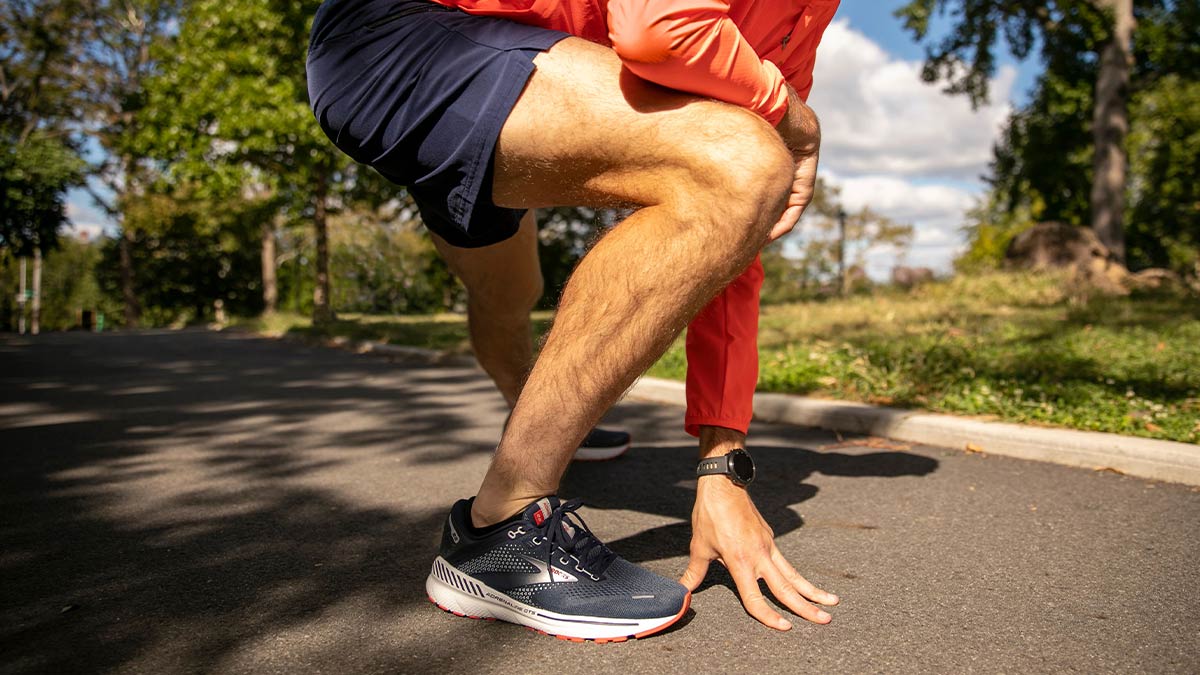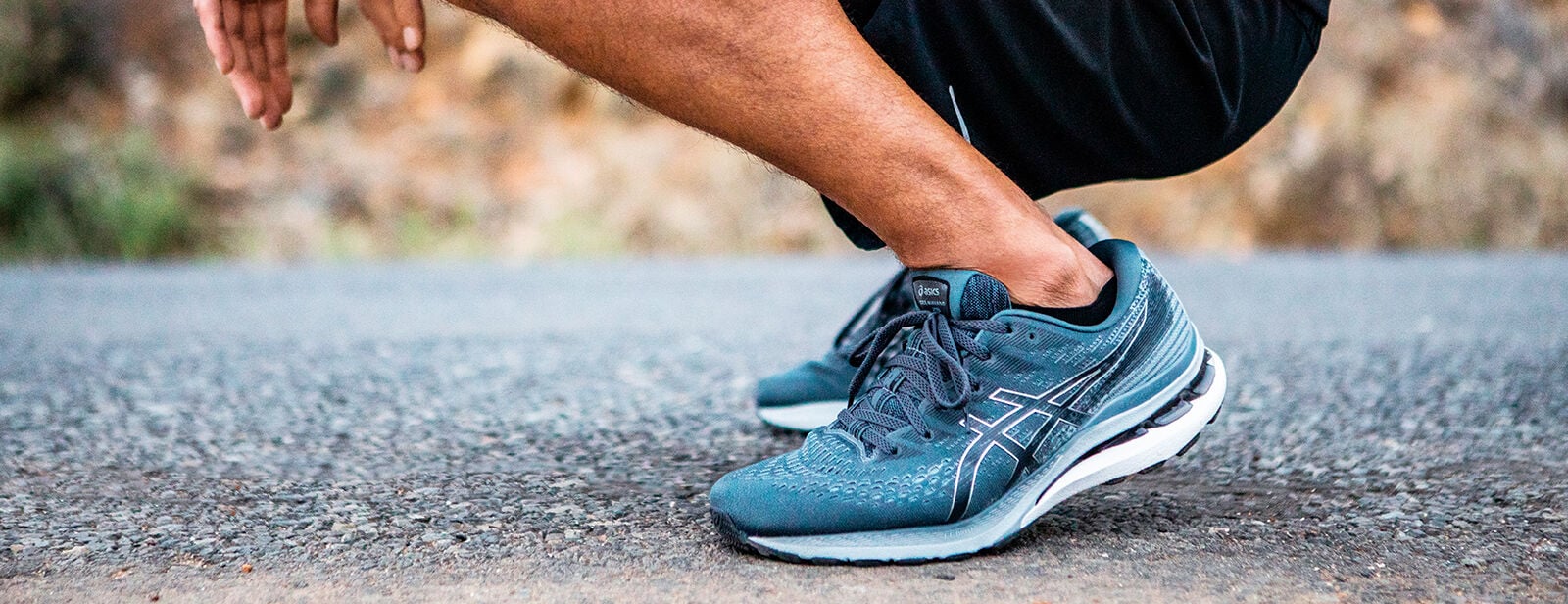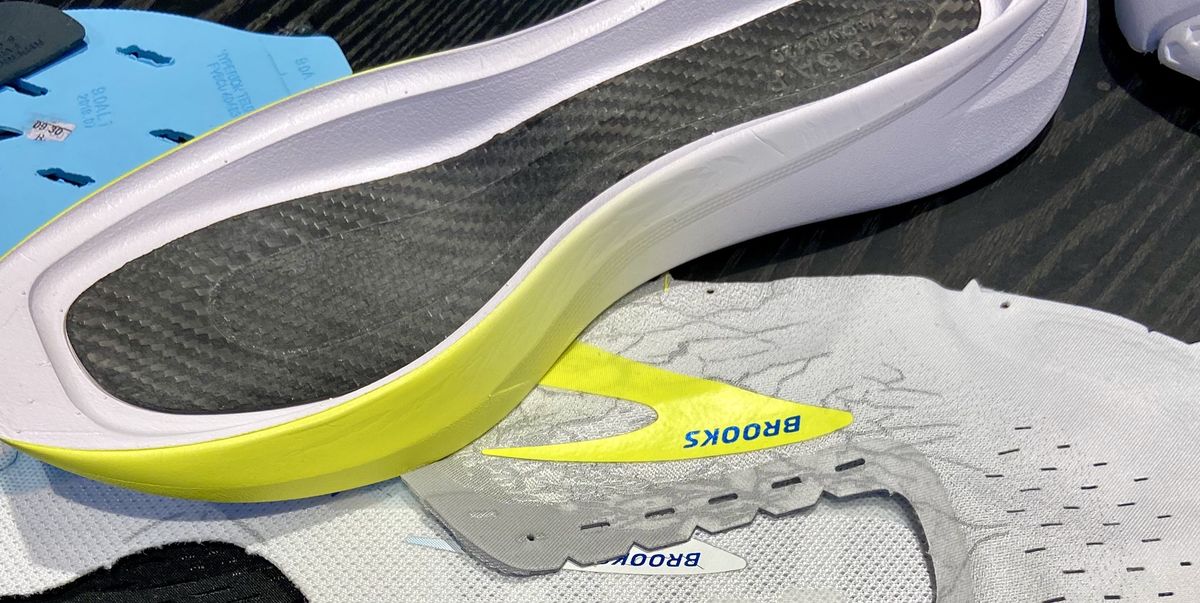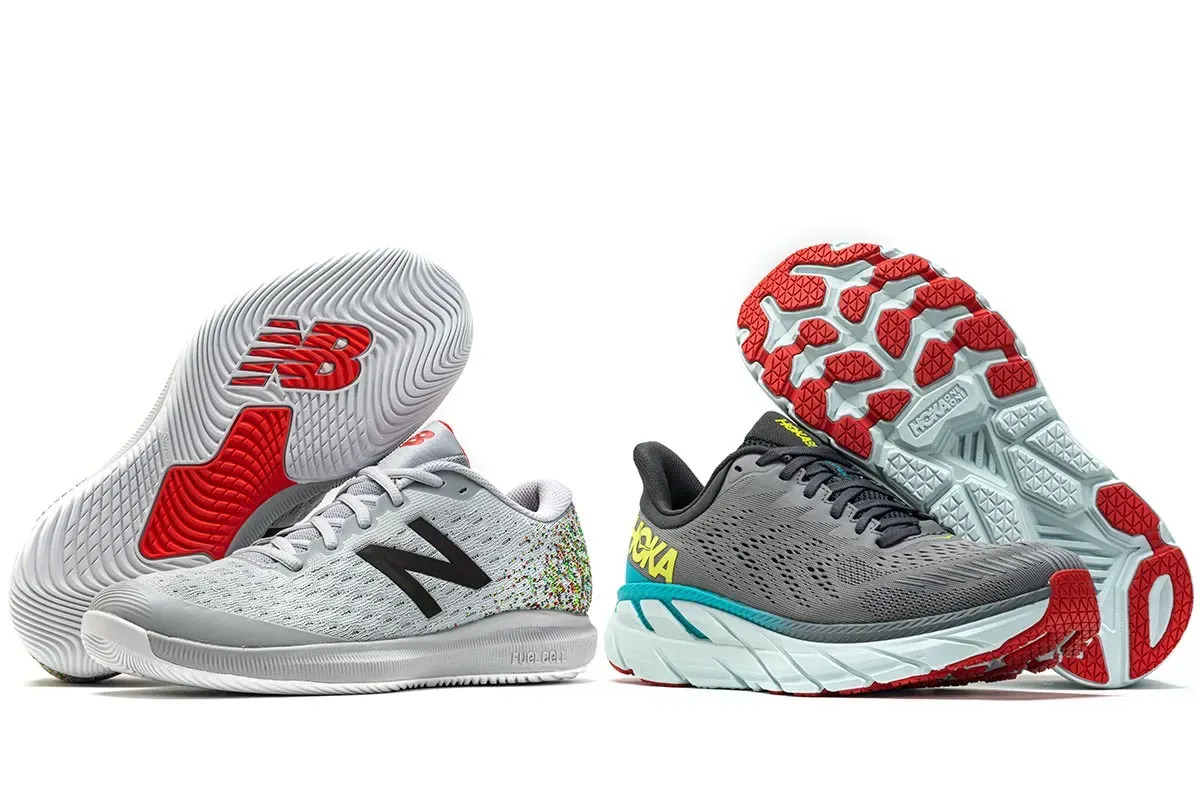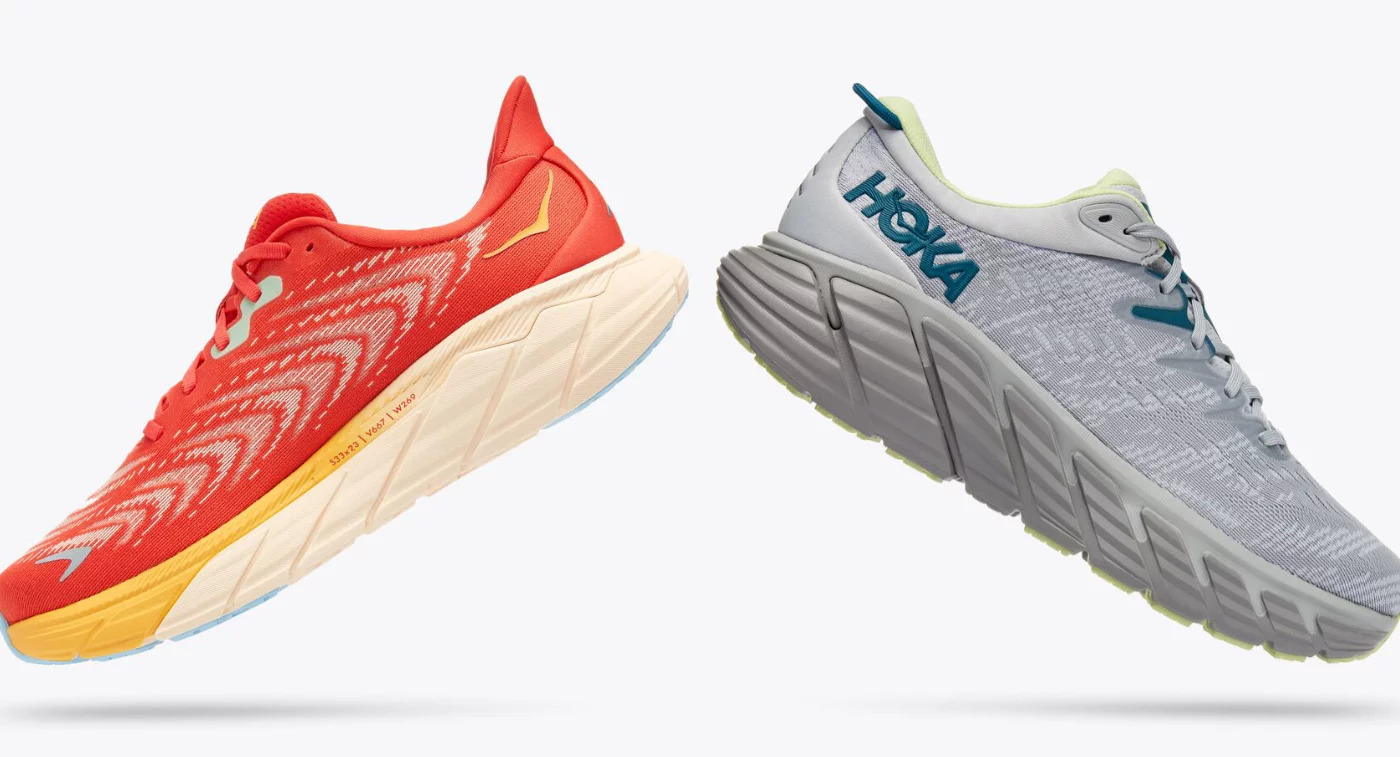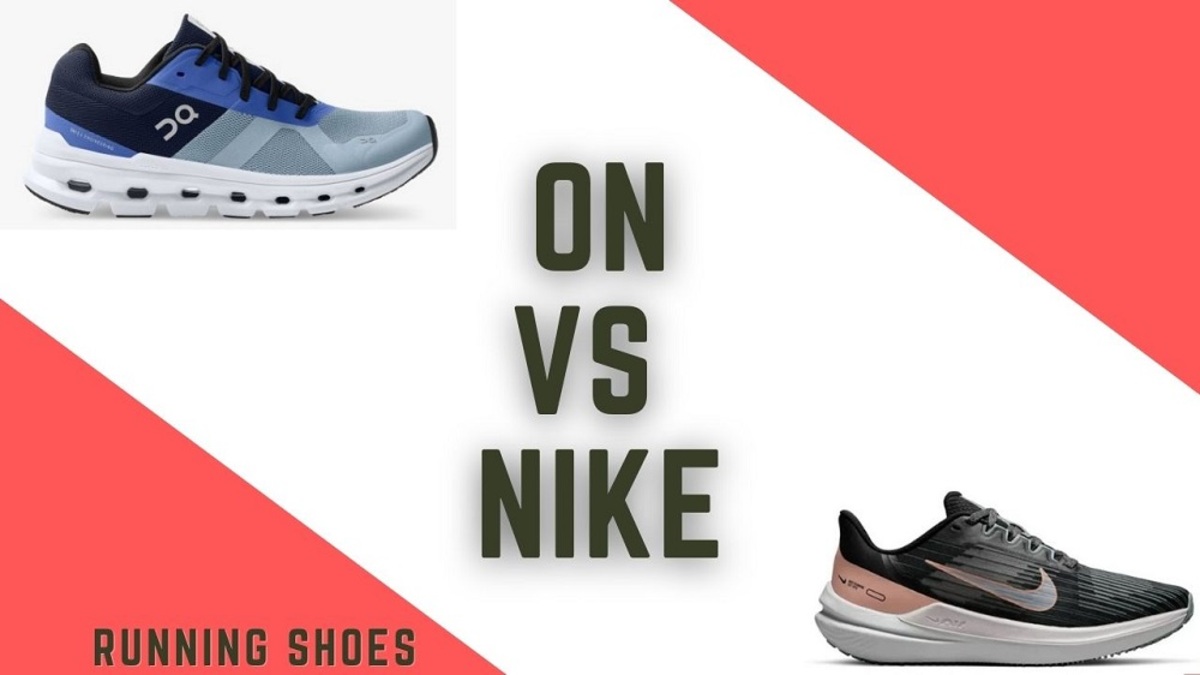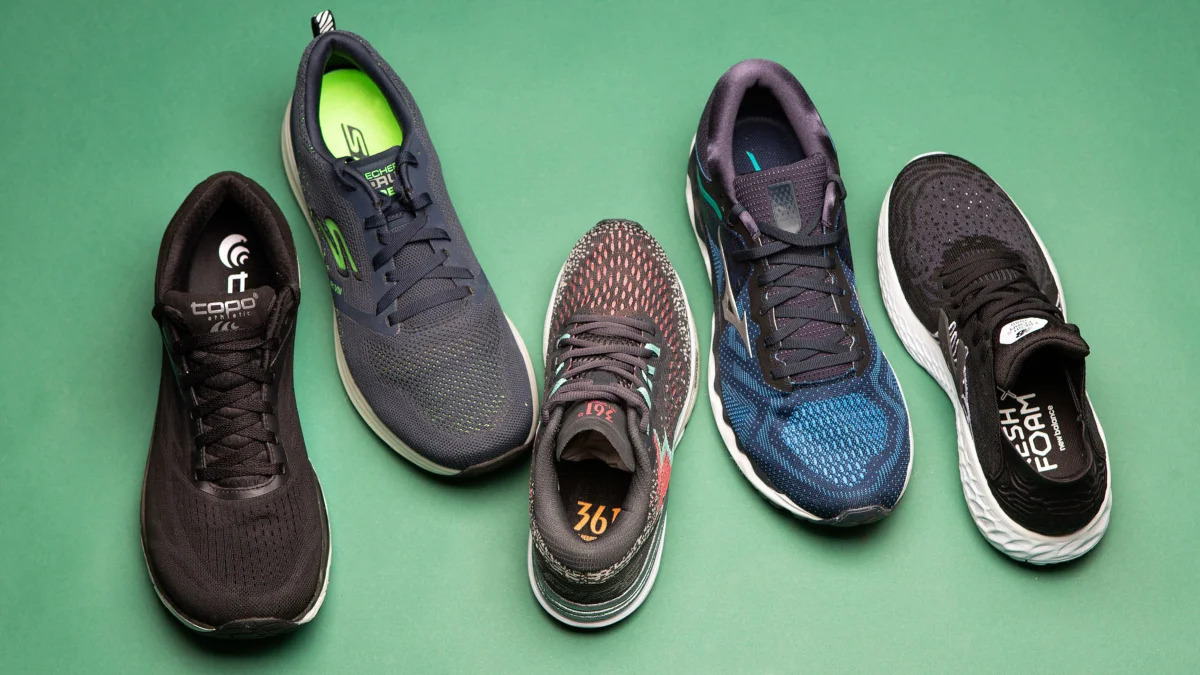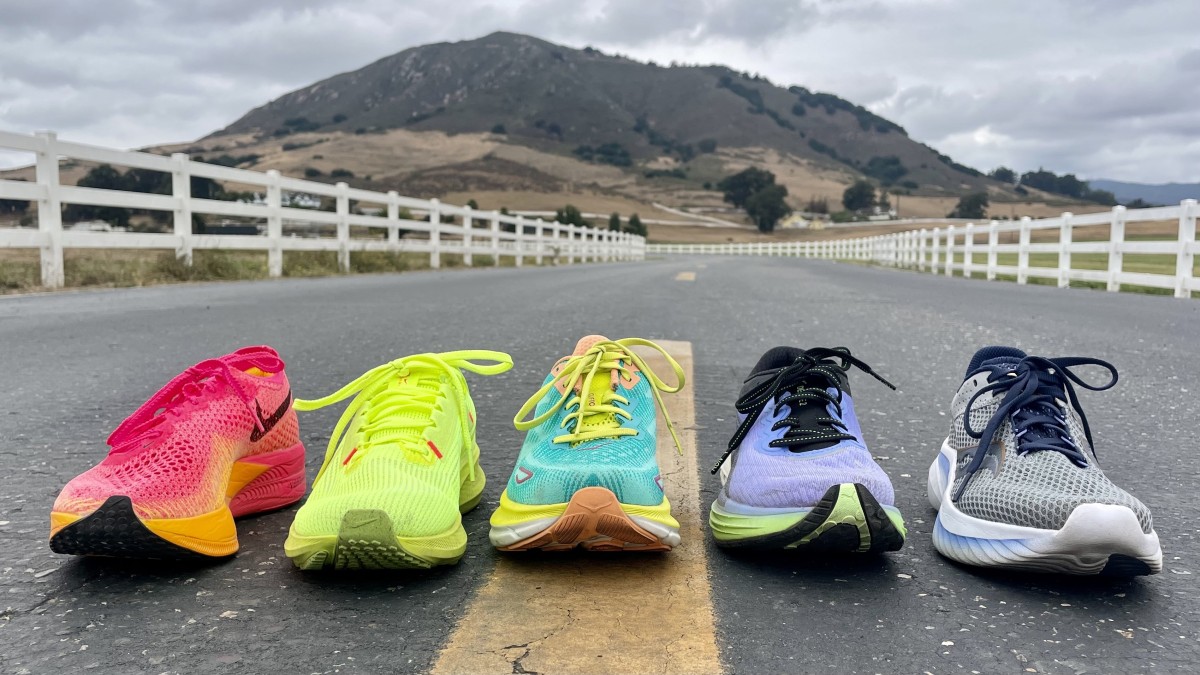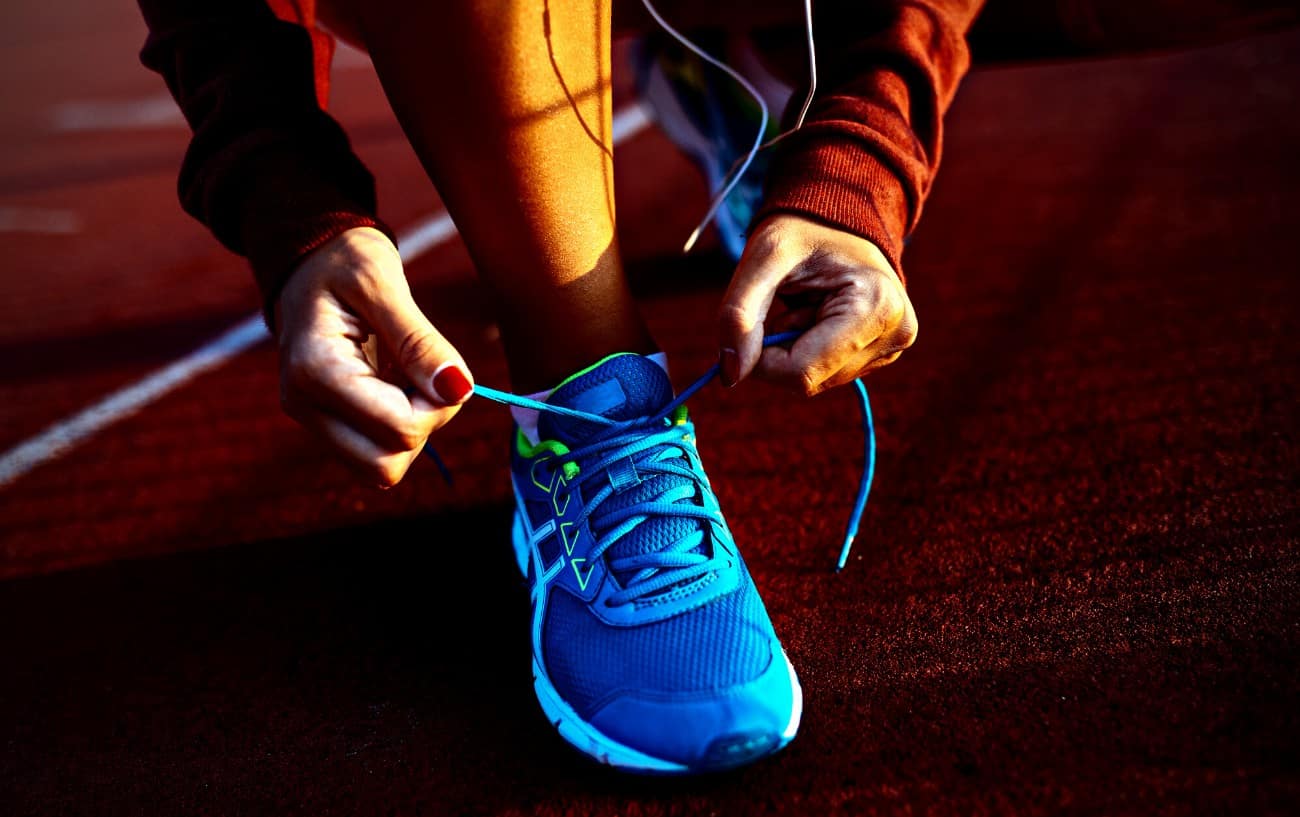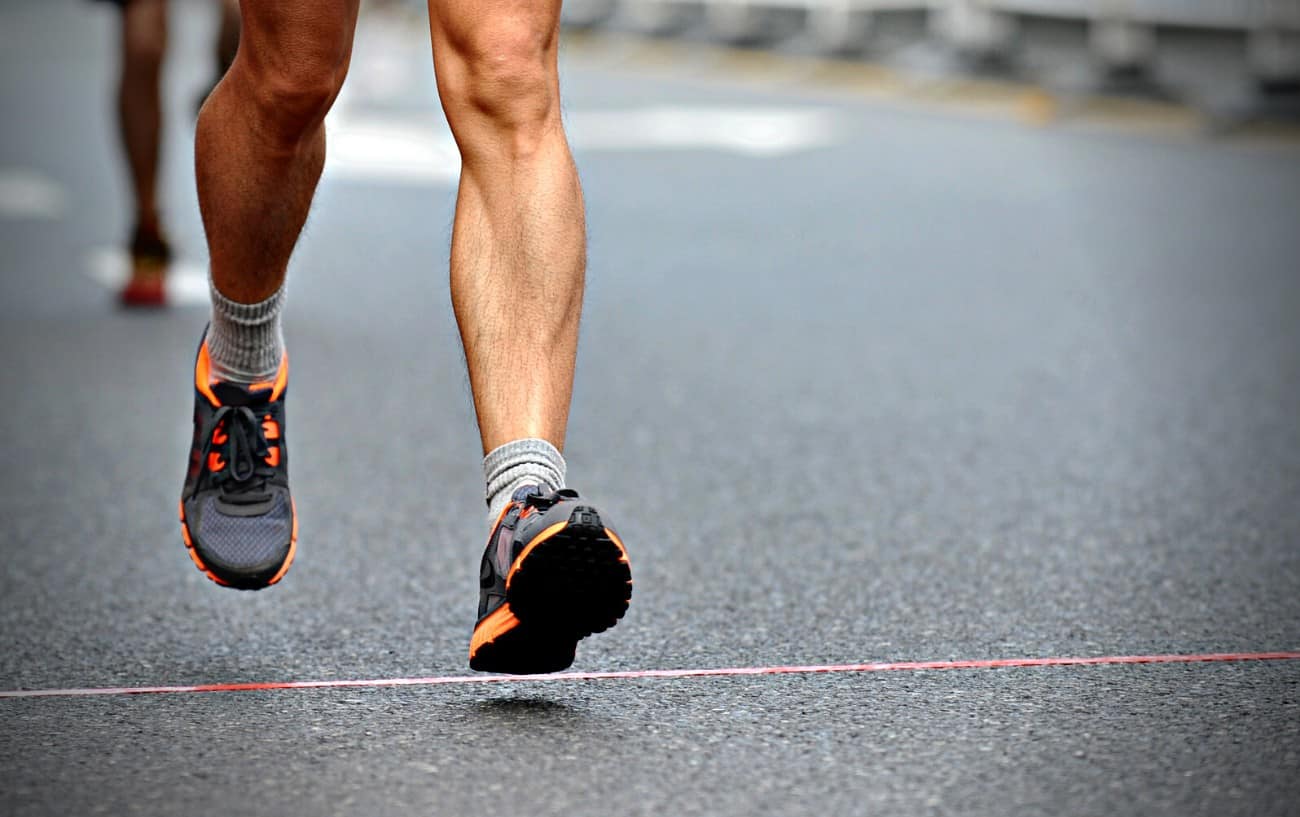

Featured
What Is Pronation In Running Shoes?
Modified: May 22, 2024
Discover what pronation is and how it affects your running shoes. Get insights on pronation types and find featured shoe options for every runner's needs.
Introduction
Welcome to the world of running! Whether you’re a seasoned marathoner or a beginner hitting the pavement for the first time, understanding how your feet move while running is crucial for a smooth and injury-free experience. One of the key concepts in running biomechanics is pronation.
Pronation refers to the natural inward rolling motion of the foot that occurs during the gait cycle. It is a vital aspect of distributing the force generated with each stride and providing stability and shock absorption. While pronation is a normal and necessary movement, excessive pronation or incorrect pronation can lead to various foot and lower limb issues.
This article will provide a comprehensive guide to pronation in running shoes. We will dive into the definition of pronation, the different types of pronation, and the significance of pronation in running. Additionally, we will explore how to determine your pronation type and the importance of choosing the right running shoes to accommodate your pronation. Finally, we will debunk some common myths surrounding pronation.
Understanding pronation and its impact on your running form is essential for maximizing comfort, preventing injuries, and enhancing your overall performance. So, let’s lace up those shoes and embark on a journey to discover the world of pronation in running!
Definition of Pronation
In simple terms, pronation is a natural movement of the foot that occurs during the running or walking gait cycle. It refers to the inward rolling motion of the foot as it makes contact with the ground.
During each stride, the foot undergoes a series of movements known as the gait cycle. Pronation is a crucial part of this cycle as it helps to distribute the forces generated from impact and allows the foot to adapt to various surfaces. It also aids in shock absorption and provides stability to the entire lower limb.
When the foot hits the ground, the outer edge of the heel makes initial contact. From there, the foot rolls inward, allowing the arch to slightly collapse and the ankle to rotate. This inward rolling motion is what we refer to as pronation. It is a natural and necessary movement that helps to accommodate the uneven terrain and absorb the impact forces.
It’s important to note that pronation is not a bad thing. It is a normal part of the biomechanics of walking and running. However, issues can arise when there is excessive or incorrect pronation.
Excessive pronation, also known as overpronation, occurs when the foot rolls too far inward or for too long during the gait cycle. This can lead to an imbalanced distribution of forces, placing excess stress on certain muscles, tendons, and ligaments. On the other hand, inadequate pronation, known as underpronation or supination, happens when the foot doesn’t roll inward enough, causing excessive shock absorption on the outer edge of the foot.
Understanding the different types of pronation and how they can impact your running form is crucial in selecting the right running shoes that cater to your specific needs. In the next section, we will explore the various types of pronation in more detail.
Types of Pronation
Not all feet pronate in the same way. There are three main types of pronation: neutral pronation, overpronation, and underpronation (or supination).
- Neutral Pronation: This is considered the ideal type of pronation. In neutral pronation, the foot rolls inward slightly but maintains a balanced alignment. The arch collapses moderately, allowing for efficient shock absorption and force distribution. Runners with neutral pronation have a more even wear pattern on the soles of their shoes.
- Overpronation: Overpronation occurs when the foot excessively rolls inward during each stride. This can put additional stress on the arch, ankle, and lower leg, leading to discomfort and increased risk of injuries such as plantar fasciitis, shin splints, and knee issues. Runners with overpronation may have a wear pattern that is predominantly on the inside edge of their shoe soles.
- Underpronation (Supination): Underpronation, also known as supination, is when the foot doesn’t roll inward enough during the gait cycle. Instead of distributing the shock evenly, the impact is concentrated on the outer edge of the foot. This can lead to issues such as lateral ankle sprains, stress fractures, and IT band syndrome. Runners with underpronation may have a wear pattern that shows more wear on the outer edge of their shoe soles.
It’s important to note that pronation type can vary between individuals. Some runners may have a more severe overpronation or underpronation, while others may exhibit a milder form. Understanding your pronation type is crucial in selecting the right running shoes that provide the necessary support and stability.
Next, we will delve into the significance of pronation in running and why it’s essential to consider your pronation type when choosing running shoes.
Importance of Pronation in Running
Pronation plays a vital role in ensuring a smooth and efficient running gait. Understanding the importance of pronation can help runners prevent injuries, maintain proper alignment, and optimize their performance.
One of the primary functions of pronation is shock absorption. When the foot pronates, it helps to distribute the impact forces generated with each stride. This reduces the load on the muscles, joints, and bones of the lower limb, minimizing the risk of overuse injuries.
Pronation also assists in maintaining balance and stability during running. By allowing the foot to adapt to uneven surfaces, pronation helps prevent ankle twists and other potential injuries caused by an unstable foot.
Furthermore, pronation contributes to the natural alignment of the rest of the body. When the foot rolls inward correctly, it helps align the lower leg, knee, and hip, promoting efficient energy transfer and reducing the risk of strain or misalignment in these areas.
Identifying your pronation type is crucial because it determines the type of running shoe that best accommodates your needs. Different shoe models offer varying levels of support, cushioning, and stability to address specific pronation types.
For runners with neutral pronation, a shoe with moderate cushioning and stability features is generally suitable. It provides necessary support without interfering with the natural movement of the foot.
On the other hand, runners with overpronation should look for motion control or stability shoes. These shoes often have firmer midsoles, supportive features, and reinforced arch structures to correct and control excessive inward rolling of the foot. They help promote a more neutral alignment and reduce the risk of overuse injuries.
For those with underpronation or supination, cushioned shoes with flexible midsoles are recommended. These shoes provide extra shock absorption and allow for a more natural foot motion, compensating for the reduced inward rolling of the foot.
By understanding and considering your pronation type when selecting running shoes, you can optimize your running experience, minimize the risk of injuries, and perform at your best.
How to Determine Your Pronation Type
Identifying your pronation type is crucial in choosing the right running shoes that provide the necessary support and stability. While professional analysis by a podiatrist or running specialist is the most accurate method, there are a few simple ways to get an idea of your pronation type on your own.
1. Footprint Test: This test involves examining the wear patterns on an old pair of running shoes or analyzing wet footprints on a dry surface. If you have a neutral pronation, your footprints will show a distinct curve along the inside edge, connecting the heel to the ball of the foot. If you have overpronation, the inside edge of the footprint will be more pronounced and almost straight. If you have underpronation or supination, the footprint will show very little curve, with most of the foot’s width visible.
2. Shoe Observation: Examine the wear pattern on the soles of your running shoes. If the wear is predominantly on the inside edge, you likely have overpronation. If the wear is primarily on the outside edge, you might have underpronation.
3. Gait Analysis: Pay attention to how your foot rolls when you walk or run. If your foot tends to roll inward excessively, you likely have overpronation. If your foot doesn’t roll inward enough or stays on the outer edge, you may have underpronation.
While these methods can provide some insight into your pronation type, it’s important to remember that they are not as accurate as a professional analysis. If you have any concerns about your pronation or experience ongoing discomfort or pain while running, it’s recommended to consult with a healthcare professional or running specialist.
Once you have determined your pronation type, you can make a more informed decision when it comes to selecting the right running shoes for your needs.
Choosing the Right Running Shoes for Your Pronation
Now that you have determined your pronation type, it’s time to find the perfect running shoes that provide the appropriate support and stability for your feet. Here are some tips to help you choose the right running shoes based on your pronation:
1. Neutral Pronation: If you have neutral pronation, consider yourself lucky as you have a wider range of shoe options. Look for running shoes that offer moderate cushioning and support. These shoes should provide a good balance between flexibility and stability to enhance your natural gait mechanics.
2. Overpronation: If you have overpronation, opt for running shoes with motion control or stability features. These shoes are designed with additional support in the arch area to reduce inward rolling and promote a more neutral foot alignment. Look for shoes with firmer midsoles and reinforced structures that control excessive pronation and protect against potential injuries.
3. Underpronation (Supination): If you have underpronation or supination, choose running shoes with ample cushioning to absorb the impact on the outer edge of your foot. Look for shoes with a more flexible midsole that allows for a natural foot motion. Cushioned shoes provide the necessary shock absorption and help compensate for the reduced inward rolling of the foot.
It’s important to try on several different shoe models and brands to find the perfect fit. Make sure you have enough room in the toe box, and that the shoe securely supports your arch and heel. Consider visiting a specialty running store where experts can provide guidance and recommendations based on your pronation type.
Remember that running shoes should be replaced every 300-500 miles or when you notice signs of wear and tear. Continuing to run in worn-out shoes can lead to increased stress on your feet and potentially cause injury.
By choosing running shoes that cater to your pronation type, you can maximize comfort, reduce the risk of injuries, and optimize your running performance.
Common Myths about Pronation
Pronation is a widely discussed topic in the running community, and unfortunately, there are several common misconceptions surrounding this natural foot movement. Let’s debunk some of the most prevalent myths about pronation:
Myth 1: Pronation is always a bad thing: This is not true. Pronation is a natural and necessary motion that helps to distribute impact forces and provide shock absorption. It becomes problematic only when there is excessive or incorrect pronation, which can lead to injuries.
Myth 2: Pronation can be permanently corrected: While certain exercises and footwear choices can help manage pronation issues, it is not something that can be permanently corrected. Pronation is influenced by various factors such as genetics, foot structure, and muscle strength. The goal is to find the right balance and support to minimize any negative effects.
Myth 3: All flat-footed individuals overpronate: While having flat feet can increase the likelihood of overpronation, not all individuals with flat feet automatically overpronate. Foot structure is just one factor to consider when determining pronation type. It’s essential to assess your gait and consult with a professional for an accurate assessment.
Myth 4: Everyone needs motion control shoes: Motion control shoes are designed specifically for severe overpronation. However, they are not necessary for every runner with pronation issues. It is crucial to find the right level of support that matches your pronation type. Overcorrecting or wearing shoes with excessive stability features can hinder natural foot motion and potentially cause other issues.
Myth 5: Pronation can be diagnosed solely based on foot shape: While foot shape can provide some indication of pronation type, it is not the sole determinant. Gait analysis, treadmills tests, and wear pattern analysis are more accurate methods to assess pronation. It’s best to consult with a professional who can provide a comprehensive assessment.
By debunking these common myths, we can better understand the true nature of pronation and make informed decisions regarding our running form and footwear choices.
Conclusion
Understanding pronation and its role in running is essential for every runner, from beginners to experienced athletes. Pronation is a natural foot movement that helps distribute forces and provide shock absorption during the gait cycle. While pronation is a necessary and normal motion, issues can arise when there is excessive or incorrect pronation.
By identifying your pronation type, you can make informed decisions when choosing running shoes. Runners with neutral pronation should look for shoes that offer moderate cushioning and support. Those with overpronation should opt for motion control or stability shoes, while runners with underpronation or supination should choose shoes with ample cushioning.
It’s important to debunk common myths about pronation, such as the belief that pronation is always bad or that everyone needs motion control shoes. Pronation is a complex topic influenced by various factors, and the right approach is to find a balance that suits your individual needs.
Ultimately, understanding pronation and selecting the right running shoes for your pronation type can help improve comfort, reduce the risk of injuries, and optimize your running performance. If you have concerns about your pronation or experience ongoing discomfort, it’s recommended to consult with a healthcare professional or running specialist for a more accurate assessment.
So, lace up your shoes, hit the road or the trails, and enjoy your running journey with a better understanding of pronation and its significance in choosing the right running shoes!
